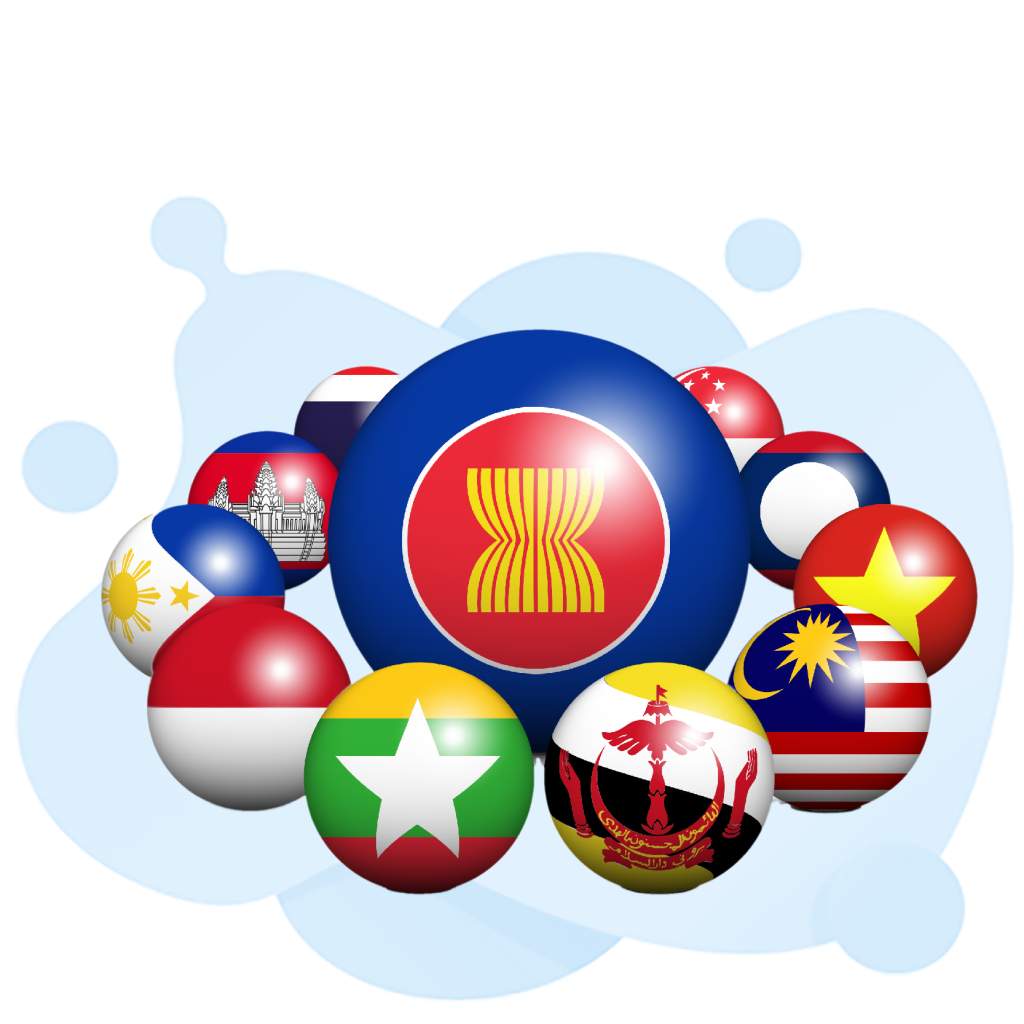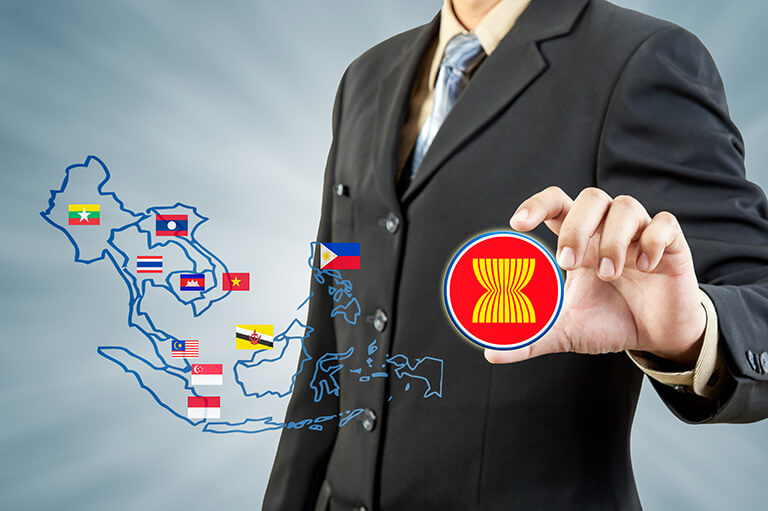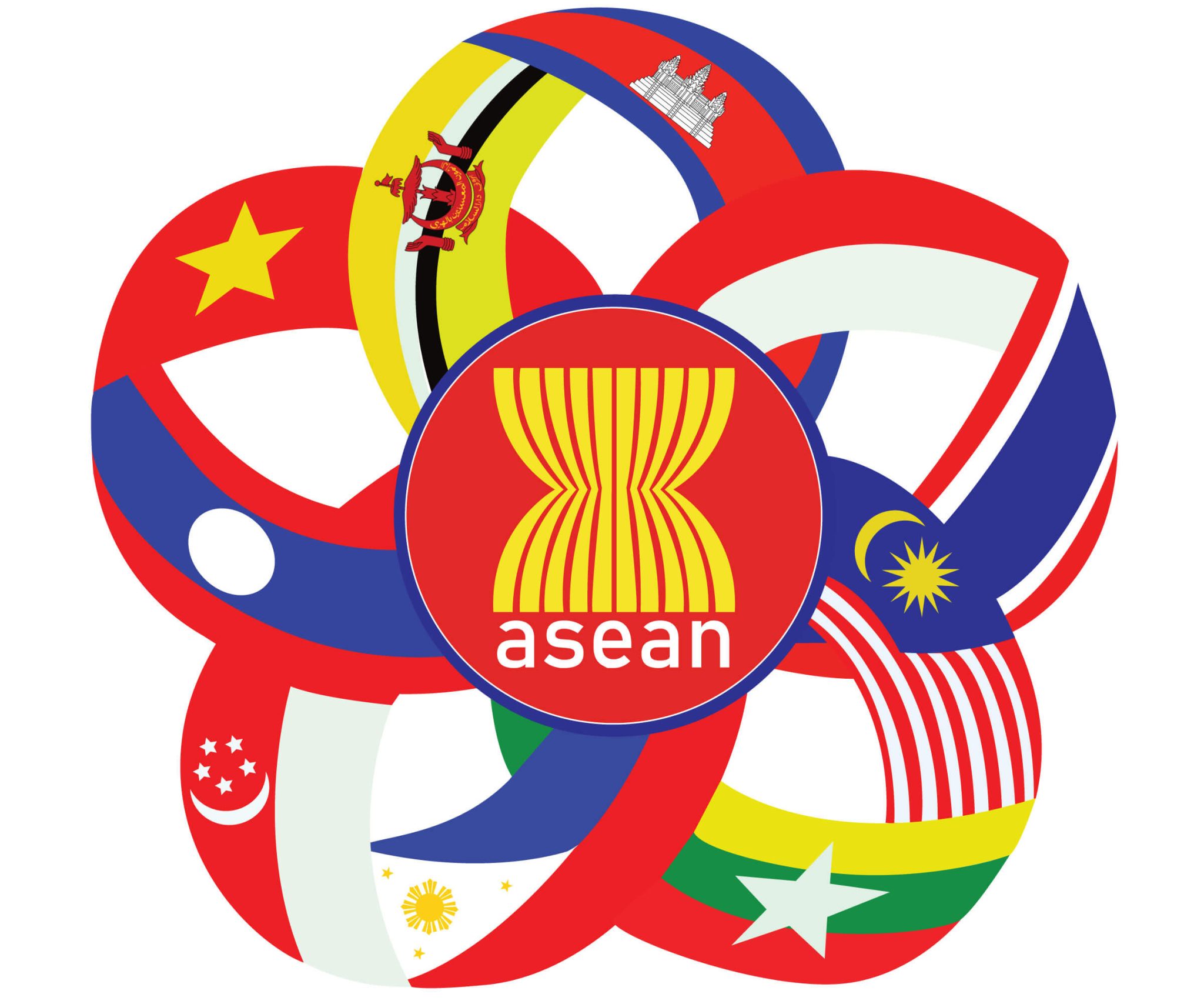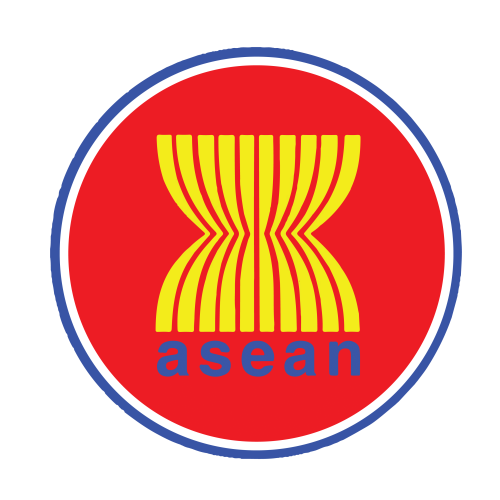What Is ASEAN 2025

ASEAN 2025 was established to promote cooperation and regional integration among Southeast Asian countries. It has achieved a great deal in recent years, including opening up Myanmar to international investment and negotiating the world’s largest free trade agreement.
Yet, it is struggling with three key questions. These questions include the bloc’s position on territorial disputes in the South China Sea, its role in countering terrorism, and its relationship with China.
Free ASEAN Practice Test Online
ASEAN Countries
The ASEAN countries have had a record of strong and sustained economic growth over the past quarter century. This performance has been attributed to the region’s low real interest rates and the absence of trade frictions. This has facilitated an expansion of domestic savings and investments. In addition, these countries have adopted a policy mix that combines inflation targeting with flexible exchange rate policies. This policy mix has also boosted the productivity of domestic financial systems.
Nevertheless, the ASEAN countries face many challenges. The economic disparity between the rich and poor remains large. In addition, the members have diverse political systems with democracies, communist states, and authoritarian regimes. Moreover, the emphasis on consensus can sometimes be a drawback, as it can prevent member states from tackling difficult problems.
On August 8, 1967, the foreign ministers of Indonesia, Malaysia, the Philippines, Singapore, and Thailand sat down in a hall in Bangkok and signed a document. They would later be hailed as the Founding Fathers of probably the most successful intergovernmental organization in the world today.
ASEAN Members
The Association of Southeast Asian Nations (ASEAN) was founded in 1967 by Indonesia, Malaysia, Philippines, Singapore, and Thailand. The original members hoped to promote regional stability, economic cooperation, and cultural exchanges. Since then, the membership has doubled to include Brunei (1984), Vietnam (1995), Laos and Myanmar (1997), and Cambodia (1999). In addition, all ASEAN members have signed a treaty to refrain from developing or acquiring nuclear weapons. Technical and research cooperation are also promoted by the organization.
Supporters of ASEAN, such as Kishore Mahbubani, former Singapore ambassador to the United States and the European Union, point out that the grouping’s culture of consultation and consensus has generated “geopolitical miracles,” some of which are so stealthy that few outside the region have noticed them. Yet, the bloc faces a number of challenges. Most notably, tensions with China are running high. The claims of several ASEAN members in the South China Sea have scuttled attempts to forge a common response to Beijing’s moves in the region. In addition, the decision by the Trump administration to pull out of the Trans-Pacific Partnership has undermined economic cooperation among member countries.

Asean Socio Cultural Community
The ASEAN Socio-Cultural Community (ASCC) is a key element in the development of a holistic ASEAN vision for a region that is socially, economically and culturally integrated. ASCC aims to develop a people-oriented society with a shared identity and strong sense of regional solidarity. It also aims to promote and preserve regional cultural heritage.
In this context, ASCC works to improve social welfare and reduce inequality through cooperation in poverty alleviation, access to education and health services, and community empowerment. It also focuses on preserving cultural heritage, empowering women, and protecting children from violence.
While the aspirations of the ASCC are broad, implementation is a challenge for ASEAN. Achieving this will require intensive capacity building and collaboration among ASEAN Member States, especially in the areas of community empowerment, human rights, environment, and gender. It will also require the active participation of different stakeholders, including civil society organizations, youth groups, and NGOs. This will help to build a stronger sense of ownership of the ASEAN agenda. It will also contribute to the sustainability of ASEAN.
Asean Defence Ministers Meeting
As challenges in the region grow ever more complex and interlinked, defence cooperation is critical. The ADMM-Plus provides the opportunity for defence ministries and militaries to engage multilaterally, which is rare in a region of large and growing militaries. It also promotes practical security cooperation by conducting field training exercises among participating nations, such as a recent joint maritime exercise with the participation of the USS William P. Lawrence and 15 other partner-nation warships.

In his address to the conference, Secretary Lloyd Austin emphasized that we must continue to sustain a rules-based regional order and the role of ASEAN as an important pillar. He also discussed the need to take bold action to address climate change, which is a significant security threat that worsens underlying vulnerabilities and strains resources.
He expressed grave concern about the military coup in Burma and urged ASEAN to call on the regime to end violence, release all those unjustly detained, and restore Burma’s path to democracy. He also reaffirmed the United States’ commitment to the defence of freedom of navigation and overflight in accordance with international law, including UNCLOS.
ASEAN Purpose
The Association of Southeast Asian Nations (ASEAN) is a region with hundreds of millions of people and dozens of languages. It has seen many wars, conflicts, and natural disasters. Its leaders have worked to find common ground and peace in the face of competing world powers vying for control.
Founded in 1967 by the foreign ministers of Indonesia, Malaysia, the Philippines, Thailand, and Singapore, ASEAN is a regional bloc with ten member states. Its purpose is to accelerate economic growth, social progress, and cultural development for a peaceful and strong community of Southeast Asian countries.
The group is not a superpower, but its members do have greater leverage in negotiating trade agreements with bigger nations than they would alone. The bloc also has a shared vision for regional security. In recent years, large neighbors have invested in their militaries and economies, making ASEAN nations nervous. They fear that they will be left out of the loop if they don’t band together to counter these powerful forces. They want to maintain a balance of power in the region and prevent regional instability.

ASEAN Flag
The ASEAN flag represents a community of 10 Southeast Asian countries working together to promote socio-cultural and economic development. Its motto is “One Vision, One Identity, and One Community.” ASEAN’s members share a commitment to peace and prosperity for all. They are also among the world’s most diverse nations. Southeast Asia is home to hundreds of ethnic groups with their own distinct cultures and traditions. It is also a region of enormous linguistic diversity. Indonesia alone has recorded over 300 different native languages.
The official ASEAN flag consists of a blue background with a red circle and white outline surrounding a stylized bundle of ten paddy or rice stalks that represent the member countries of ASEAN. The color blue symbolizes peace and stability, red stands for courage, and the white outline shows purity. The flag also carries the ASEAN emblem, which is a yellow rebus or symbol of Southeast Asia.
The ASEAN community was founded in 1967 by Indonesia, Malaysia, the Philippines and Singapore, with Brunei Darussalam, Cambodia, Laos, Myanmar and Vietnam joining later. Today, ASEAN’s ten members account for more than 662 million people, or 8.7% of the world’s population.
ASEAN Summit
On 8 August 1967, the Foreign Ministers of Indonesia, Malaysia, Philippines, Singapore and Thailand sat down together in the main hall of the Department of Foreign Affairs in Bangkok, and signed a document that would spawn probably the most successful regional inter-governmental organization in history. Today, ASEAN remains an essential forum for Southeast Asia to enhance its economic integration and improve its global standing.

But the upcoming summit in a sleepy Indonesian fishing town will see leaders wrangling over Myanmar, where the military-run government’s bloody campaign against resistance forces and ethnic minority rebels is straining international patience. ASEAN officials say the bloc will press for an immediate end to the violence in a bid to open up a window for talks and facilitate the delivery of humanitarian aid.
Another issue is the Democratic People’s Republic of Korea’s missile launches and nuclear tests, which ASEAN and the EU have condemned. Indonesia, which holds the ASEAN chairmanship in 2023, will push for a comprehensive approach to denuclearization that includes a process of verification and security guarantees.
ASEAN Leader 2022
ASEAN is one of the world’s fastest-growing regions and has helped lift millions out of poverty. However, the organization has struggled to overcome a variety of security challenges. Its members are divided over their ties with China and the United States. They also have difficulty agreeing on policies regarding territorial disputes.
The bloc has a number of agreements and cooperation initiatives in the fields of education, disaster management, health, environment, rural development, and science and technology. It has also worked closely with the United Nations and the East Asia Summit (EAS), which includes the US, Australia, China, Japan, India, South Korea, Russia, and other major powers.
President Biden addressed the summit in Phnom Penh, urging ASEAN leaders to promote human rights and counter China’s rise, even as they embrace economic ties with Beijing. He also called on them to engage with Myanmar’s opposition National Unity Government, a self-declared parallel body that includes ex-legislators from removed leader Aung San Suu Kyi’s party. This would be a significant step.
ASEAN Questions and Answers
Ten Southeast Asian nations make up the political and economic group known as ASEAN. It is home to more than 600 million people and has a 4.5 million km2.
ASEAN stands for Association of Southeast Asian Nations.
• Myanmar
• Philippines
• Thailand
• Indonesia
• Vietnam
• Malaysia
• Singapore
• Cambodia
• Laos
• Brunei
Initiating, facilitating, and organizing stakeholder cooperation within ASEAN to achieve the goals and values outlined in the ASEAN Charter.
Maintaining peace and security in Southeast Asia, fostering economic and cultural interchange among its member nations, and building partnerships with other nations who share similar objectives are all purposes of ASEAN.
In order to advance political and economic cooperation as well as regional stability, Indonesia, Malaysia, the Philippines, Singapore, and Thailand formed the Association of Southeast Asian Nations (ASEAN) in 1967.
It is an international grouping of ten Southeast Asian nations.
Proper pronunciation is uh-zee-uhn.
Nepal is not part of ASEAN.
China used to engage in talks and consultations with ASEAN few years ago. The relationship between China and ASEAN has moved into a new phase now that it is a full conversation partner with ASEAN.
The Association of Southeast Asian Nations, or ASEAN, was founded in Bangkok, Thailand, on August 8, 1967.
All ASEAN nationals are exempt from needing a visa to visit other ASEAN members per a 2002 agreement. For brief stays related to tourism, family visits, or business activity, ASEAN nationals are permitted admission without a visa.
ASEAN has succeeded rather than just surviving. No other regional organization has contributed as much to enhancing the standard of living for such a large portion of humanity.
ASEAN has made some strides toward free trade and economic integration. The ASEAN Free Trade Area (AFTA) was established in 1992 with the intention of establishing an unified market, boosting intra-ASEAN trade and investment, and luring international investment.
Important decisions are typically made via consensus-building and consultation under the direction of the non-interference in internal affairs and peaceful conflict resolution principles. Many analysts consider the organization’s decision-making process to be flawed.
The chair of ASEAN, whose duties are rotated annually among member nations, is supported by a secretariat with offices in Jakarta, Indonesia.
A harmonizing custom union with internal free trade and external tariffs bound to ASEAN commodities among member nations is referred to as the “ASEAN Trade Area.”
As an intergovernmental organization, ASEAN bases its decisions on the agreement of all of its members. It was never intended to be a supranational organization that operated independently from its members.
Yes, ASEAN is an international organization.
In 1974, Australia was accepted as ASEAN’s first dialogue partner.
Bangladesh joined the ASEAN Regional Forum in 2006. Bangladesh and Myanmar, a Southeast Asian nation, have a brief yet common border. It is also working to forge strong links with East Asia and Southeast Asia.
After breaking away from Indonesia, East Timor is admitted as an ASEAN observer.
As Asean looks for opportunities in the Greater Bay Area, Hong Kong stays an essential ally.
In 1992, India joined ASEAN as a partner in sectoral dialogue. During the fifth ASEAN Summit in Bangkok in 1995, ASEAN extended an invitation to India to join as a full dialogue partner due to shared interests.
Yes, Indonesia is part of ASEAN.
As one of the original ASEAN’s Dialogue Partners, Japan first formed a formal partnership with ASEAN in 1977.
Relations for sectoral interaction between ASEAN and the Republic of Korea were first established in November 1989.
Yes, Laos is part of ASEAN.
Yes, Malaysia is part of ASEAN.
Yes, Myanmar is part of ASEAN.
All 10 ASEAN members have also established diplomatic ties with North Korea.
Yes, Philippines is part of ASEAN.
In 1996, Russia joined the ASEAN Dialogue Partnership.
When ASEAN was created on August 8, 1967, Singapore was one of its founder nations.
South Korea is not part of ASEAN.
Sri Lanka joined the Association of South East Asian Nations’ ASEAN Regional Forum in 2007.
There are no diplomatic relations between Taiwan and the Association of Southeast Asian Nations (ASEAN).
Yes, Thailand is part of ASEAN.
Timor-Leste was agreed upon in principle to join ASEAN as its eleventh member during the last ASEAN Summit in Phnom Penh in November 2022.
ASEAN and the United States are enduring partners.
Yes, Vietnam is part of ASEAN.
• To enhance regional economic growth, social advancement, and cultural development
• To advance regional peace and stability by ensuring that all nations in the region treat each other righteously and according to the law.
• To encourage active cooperation and mutual aid on issues of shared concern in the sectors of economics, society, culture, technology, science, and administration;
• To aid one another through the provision of training and research facilities in the fields of education, profession, technology, and administration;
• To more effectively cooperate in order to better utilize their agriculture and industries, expand their trade, including studying the issues surrounding the international trade of commodities, improve their transportation and communications infrastructure, and raise the standard of living for their respective populations;
• To advance research on Southeast Asia;
• To continue working closely and profitably with other international and regional organizations that share their goals, and to look into all possibilities for even greater cooperation among themselves.
In the past 50 years, ASEAN has made outstanding achievements in human and sustainable development, helping millions of people escape poverty and expanding access to healthcare and education.
According to the ASEAN Outlook on the Indo-Pacific, the ASEAN centrality idea underlines that in order for ASEAN to overcome shared obstacles and interact with foreign powers, it must take the lead as the dominant regional platform.
A founding principle of the Association of Southeast Asian Nations is the ASEAN Charter.
Generals from Myanmar are no longer permitted to attend ASEAN meetings until the purported peace plan of the group advances.
According to the ASEAN Economic Community, ASEAN will have a single market and manufacturing base. The creation of regional production networks and the expansion of ASEAN’s role as a key component of the world supply chain will be made possible by the free movement of commodities, services, investments, capital, and labor.
One of the three pillars of the ASEAN Community is the ASEAN Socio-Cultural Community (ASCC). It is dedicated to improving the quality of life for its citizens by prioritizing their welfare and wellbeing.
The Association of Southeast Asian Nations holds the ASEAN Summit every two years to discuss the sociocultural, political, and economic growth of Southeast Asian nations.
The predicted population of all ASEAN member states in 2021 was 666.19 million people.
The tenth member of this Association, Cambodia joined the ASEAN family on April 30, 1999.
At the 29th AMM in Jakarta, Indonesia, in July 1996, China was granted full Dialogue Partner status. Since 2009, China has continued to be ASEAN’s top trading partner.
On 8 August 1967.
In 1997, it joined ASEAN, and in 2012, it was accepted to the WTO.
Myanmar joined ASEAN on 23 July 1997.
When ASEAN was founded on 8 August 1967, the Philippines joined.
When ASEAN was founded on 8 August 1967, the Thailand joined.
On July 28, 1995, Vietnam was accepted to ASEAN as a full member.
Indonesia’s Jakarta is home to the ASEAN headquarters.
The answer is South Korea.
Founders:
• Abdul Razak Hussein
• Adam Malik
• Sinnathamby Rajaratnam
• Narciso Ramos
• Thanat Khoman
As of today, Kao Kim Hourn is the new Secretary-General of ASEAN.
The economic integration of Northeast and Southeast Asia is encouraged.
With a total GDP of $2.4 trillion in 2013, ASEAN would already be the seventh-largest economy in the world if it were a single nation.
Due to the open exchange of goods and services, your salary will go a lot further as items become more affordable. More food or commodities will be more affordable for you. Additionally, ASEAN will provide you access to commodities or food that were previously unavailable in the nation.
The group participated in discussions to create the largest free trade agreement in the world and signed six free trade agreements with other regional nations, playing a crucial role in Asian economic integration.
ASEAN is now acknowledged on a global scale as one of the most vibrant regional groups.
• Geographically, the state must be in Southeast Asia.
• All ASEAN members must acknowledge the state.
• To be bound by the ASEAN Charter, the state must agree.
• The state must be able and willing to fulfill the membership requirements.
The conventional salutation, namaste, can be used at any time of day. It is pronounced nam-as-stay.
ASEAN is not a confederation of armed forces.
Whom ASEAN matters to will determine how relevant it remains.
Pakistan is not an ASEAN member. However, Pakistan has taken part in ASEAN regional forums alongside ASEAN and other non-ASEAN nations like the United States.
Advantages:
• Expanded market
• More financiers
• Better and more jobs
• Additional Study Options
• Traveling Can Be Made Simpler And Cheaper For Everyone
• Affordable Products and Services
Disadvantages:
• Increased competition
• Expensive labor
• Meet the same criteria as those used globally.
• Study various cultures
• Hiring Obstacles
• Dual Standards And Cheap Imports
• Living Standards in Developed Cities are High
The ASEAN Political- Security Community (APSC), ASEAN Economic Community (AEC), and ASEAN Socio-Cultural Community (ASCC) are the three pillars that support the ASEAN Community.
The ASEAN promotes trade and cultural ties among its member nations.
In a free trade agreement (FTA), two or more nations come to an understanding on a variety of issues, including investor protections, intellectual property rights, and obligations affecting trade in products and services.
Athletes with disabilities from the current 11 Southeast Asian nations compete in the biannual multi-sport ASEAN Para Games, which take place after each Southeast Asian Games.
The largest is Indonesia, which is 2,605 times larger than Singapore (714 square kilometers) at 1.86 million square kilometers.
The ASEAN Economic Community aims to promote social and economic development in the area by establishing a common market and manufacturing base among ASEAN member states.
On January 7, 1984, Brunei Darussalam formally joined ASEAN.
ASEAN Day is on 8 August.
The ASEAN summit in 2022 will take place from November 10 to 11, 2022.
On July 28, 1995, Vietnam was accepted to ASEAN as a full member.
ASEAN was formed in Bangkok, Thailand.
Members of ASEAN and the President of the United States of America, the Honorable Joseph R. Biden, Jr., both attended the summit. In addition, the ASEAN Secretary-General was present.
East Timor was rejected for membership in ASEAN in 2017, primarily due to Singapore’s observation that it lacked human resources.